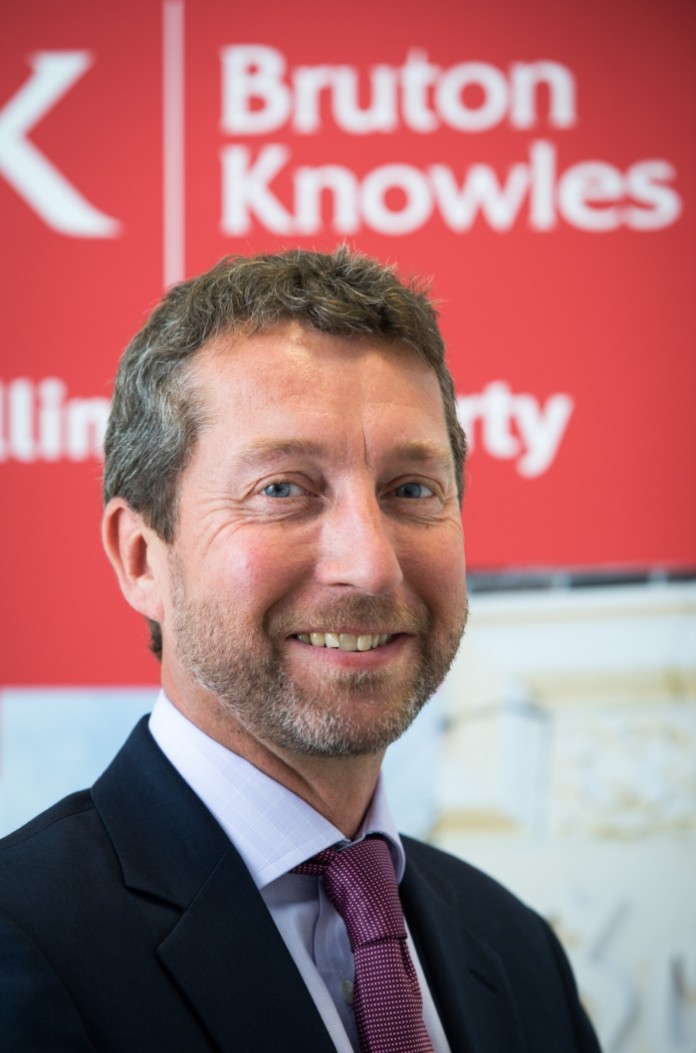Long term plans aimed at establishing the Bristol and Bath Science Park as an international business and research hub could be compromised by the location’s poor transport connections.
That’s according to Bristol commercial property specialist Paul Williams from Bruton Knowles who is backing the campaign to build an additional junction on the M4, which he believes is critical to securing the future success of the Science Park – and also the wider Emersons Green commercial and residential district.
The Science Park has recently announced ambitious plans for a major automotive research facility to be created on the park alongside the National Composites Centre and also to provide additional space for growing businesses and improved training provision for the high-tech and research sectors.
Paul said: “Bristol has a world class facility in waiting on its doorstep in the form of the Bristol and Bath Science Park but it could struggle to fulfill its true potential if the infrastructure issues aren’t resolved.”
Paul, Head of Agency at Bruton Knowles’ Bristol office, has recently returned from a tour of the science park, which he believes is one of the most exciting developments in the South West.
But he fears that a piecemeal approach to development in the area such as that seen in Bradley Stoke 20 years ago could eat into the land supply leaving insufficient space for any additional junction onto the motorway to be created.
He said: “The Science Park has been in gestation for some 20 years or more, but the transport network has yet to catch up with it.
“Creating a new junction on to the M4 motorway could be a game changer in terms of moving the Park up the pecking order when it is being considered by potential occupiers.”
He said the National Composites Centre is now well established on the Park, and has recently more than doubled in size to circa 200,000 sq ft to accommodate planned growth in business from its members who include such major manufacturers as Rolls Royce, Airbus, Agusta Westland, and GKN.
Designed to help businesses bridge the gap between research, innovation, and commercial application, the NCC is a major success story for the region.
The Innovation Centre and associated grow-on spaces have been extremely popular with new and expanding technology sector business, but the Park is still waiting for that next large scale occupier to take up one of the remaining plots.
“We need to ensure that the commercial and residential developments in and around Emersons Green and Lyde Green have immediate access to the motorway network rather than placing an increasing burden on an already over-stretched road network.
“Whilst some improvements are currently under way, they still rely on funnelling traffic via the Avon Ring-road and the M32 in order to reach the M4, whilst a new junction could bring many knock-on benefits to the area, as well as relieving pressure on the local road network, as commuters use country roads and back lanes to find their way around existing traffic blackspots.”
Paul Williams went on: “We should be taking a strategic view and planning for future needs, not just dealing with issues on a piecemeal basis, which could mean that there might not be any room left for a new junction – if and when planners accept the demand is there.”
The scheme to relieve pressure on the existing M4 junction at Hambrook was first considered 30 years ago – and rejected in favour of increased concentration on public and other non-vehicular transport.
But Paul Williams believes the time has come for a rethink.
“Emersons Green as we know it today did not exist 30 years ago. And the plethora of industrial, business and residential schemes concentrated along the northern stretches of the A4174 Avon Ring Road are fairly recent developments, as of course is the Science Park itself.
If we want to have such amenities in our region, then we have to ensure that they are able to thrive and grow, and that means sorting out the access issues as part of the process, not as an afterthought. The emphasis on public transport and cycling is right and proper in the context of wider economic and environmental concerns, but the fact remains that a majority of people will have to access the Science Park by car for the foreseeable future, and unless we recognise this and cater to the need which exists, we risk making it more difficult for it the Park to achieve full potential.















